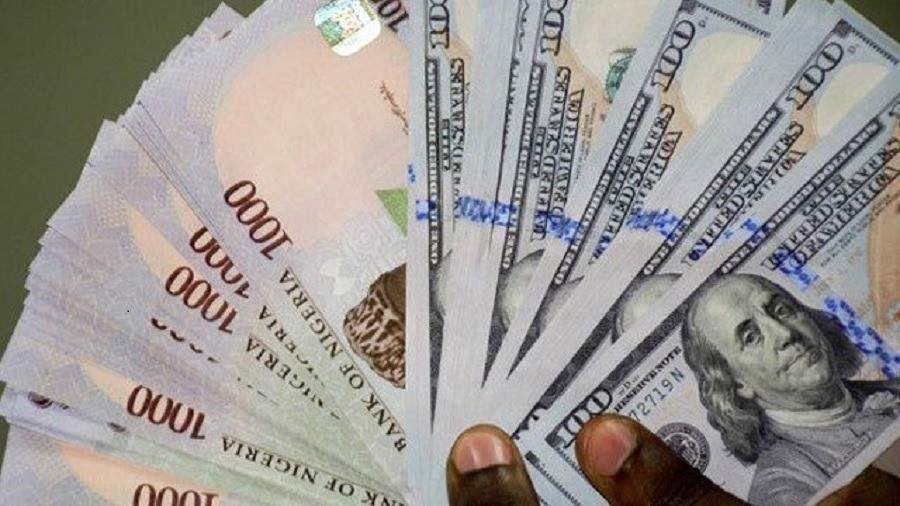The Nigerian naira experienced a marginal gain against the United States dollar, rising to N1,499 from an all-time low of N1,534/$ on the official Nigerian Autonomous Foreign Exchange Market. This represents a 2.3% increase or N35, as reported by FMDQ Exchange, a platform that publishes official foreign exchange trading in the country.
The depreciation of the naira follows the removal of fuel subsidy and the exchange rate market unification by President Bola Tinubu. The local currency weakened from N464.67/$ in May 2023 to N1,490 at the official market in February 2024. During the same period, the naira fell from N763/$ to N1470/$ at the parallel market.
On Monday, the naira hit a new low of N1,534/$, shortly after reaching N1,099.05/$ on December 8. It also dropped to an all-time low of N1,348.63/$ on January 30, 2024. At the parallel market, the naira maintained its upward trend, rising from N1,503 to N1,530 as closing rates on Monday.
Currency traders in Abuja, also known as Bureau De Change operators, disclosed that the dollar opened at the rate of N1,509/$, sold at N1,515/$ during intra-day trading, and closed at N1,530/$. Ibrahim Taura, a BDC operator in Wuse, Abuja, mentioned, “We started today’s trade at N1,509/$ but the rate closed at N1,530/$.” He further observed that the high rate had not dampened market sales, with demand for the greenback still on the rise.
Nuhu Zakari, another BDC at the Abuja airport, said he purchased the dollar at N1,525. Meanwhile, dollar sales by banks decreased significantly by 54.2%, from $253.77 million on Friday to $116.11 million on Monday, according to the latest data by the FMDQ. In the previous week, commercial banks sold a total of $1.97 billion.
